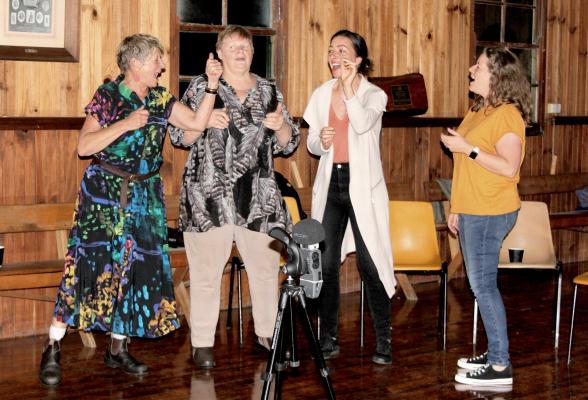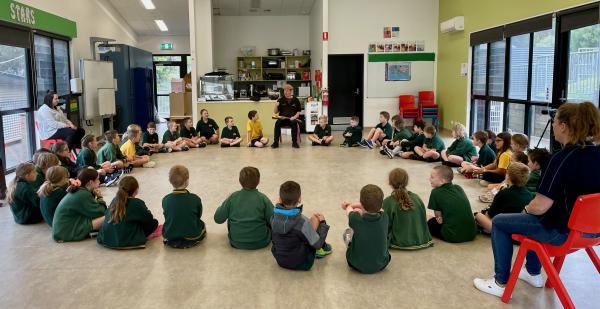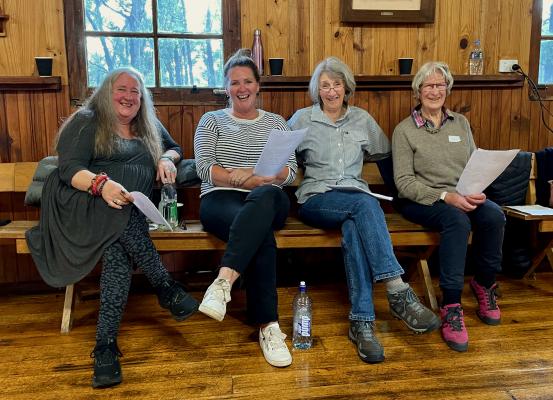By Shelby Brooks
Fire affected communities have used their voices to start healing from the trauma of the 2019 Bunyip bushfires.
Upper Beaconsfield based performance artists Gulsen Ozer was selected by the Cardinia Shire Council and the Creative Recovery Network to host singing workshops out of the Tonimbuk Hall last month as part of the Western and Central Gippsland bushfire recovery program.
Ms Ozer said the Creative Recovery Singing Workshops had sparked something special in the community.
“I was quite nervous but I’ve been thrilled with the response,” she said.
“I’ve been impressed by the level of engagement and how meaningful it’s been to the participants.
“The community is really buying into it. People are keen to do some more and have their own singing groups.”
Ms Ozer, who was the lead artist, wanted to find the right way for the community to connect back to the land.
“People always resonate with nature and the landscape and how it looks or sounds to them,” she said.
“Some say the sounds of the wind are part of them. People love place and love land.
“So we wanted them to sing back to the land.”
Stephen Taberner, who has been involved in community choirs in the Blue Mountains for almost 30 years, brought his knowledge and guidance to the workshops.
Stephen wrote a song for the community called ‘Hands’ learnt by the Maryknoll Fire Choir, the community at the Tonimbuk Hall and 100 primary school students in the area.
Fire impacted communities, not just fire affected communities were welcomed to be part of it, along with groups of volunteers who might have been a part of the recovery project like BlazeAid.
“The next stage is me and Rod Price collaborating on creating an audio composition assembled from all of the workshop sessions and sounds of nature and place sent in during earlier community engagement,” Ms Ozer said.
“First we will make a home listening composition and later we hope to develop it into an installation artwork for museum or for an outdoor experience as a public art work.”
Sue, a participant from Tonimbuk, said the project took her out of her comfort zone, “to a place where there was so much positive energy and connection to others with shared experiences.”
“It was comforting to know that other people are still experiencing challenges like us and even though it has now been two years since the event recovery is a long, slow and continually evolving journey.”









